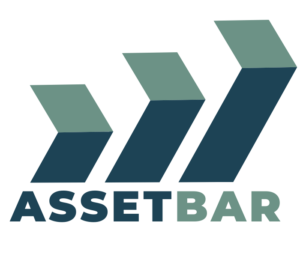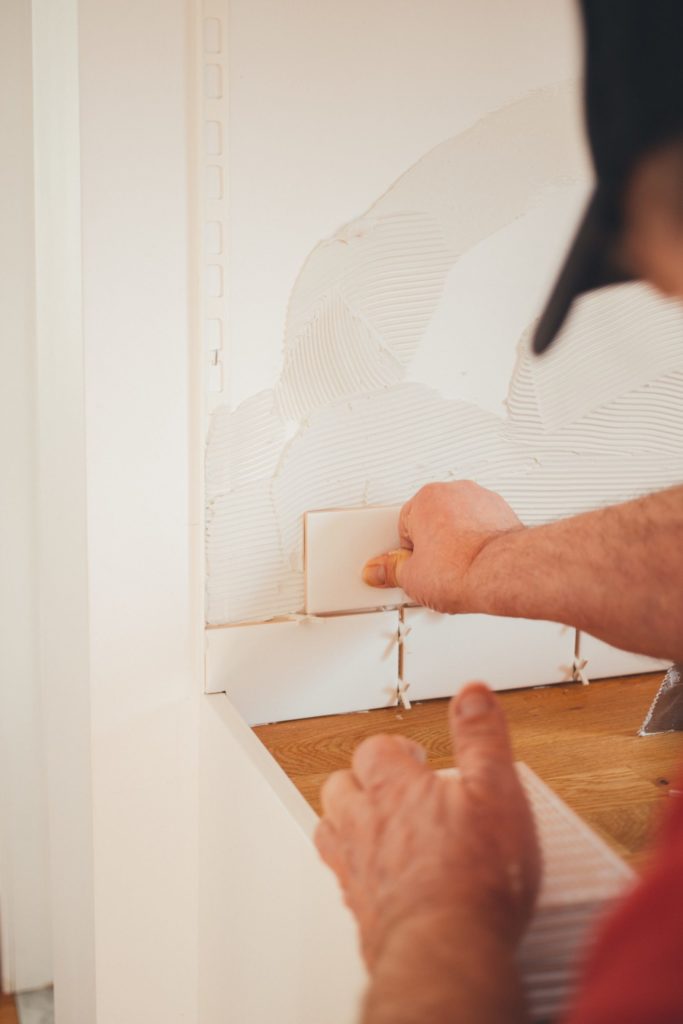Home improvement is an ongoing project that homeowners in the United States are engaged in. Every year Americans spend over $400 billion on renovation costs in an effort to improve their quality of life and property value in one fell swoop. This can be a challenge for those carrying a large credit card or mortgage debt though.
Creditors expect monthly payments to come in like clockwork, and as a borrower, you should strive to achieve this aim as well. The average American now owes back over $6,000 in credit card borrowing, which can hamstring efforts to thrive if you aren’t careful with your finances going forward.
Balancing credit card debt, student loans, and even medical bills alongside home improvement projects can seem like a tricky proposition, but renovations offer a consolidation opportunity that can actually boost your cash flow while providing you with a new space to enjoy life.
How does consolidation help?
Your credit score is based primarily on the revolving utilization of your personal loans in the form of credit card spending and other purchases. Paying down debts as quickly as you can is always the goal, but many homeowners quickly find that this is easier said than done.
With a debt consolidation loan from your bank or with the help of a balance transfer of credit card debt, you can bring all of your accounts under one umbrella, reducing your overall monthly payments and often accessing a lower interest rate at the same time. It’s one of the most important things to consider if you have debt.
One way to tap into a consolidation opportunity is with the help of a personal loan designed for home renovations. By borrowing more than you need for your upcoming projects you can utilize the additional capital to pay down higher-interest credit card debt and reduce the spread of debit accounts and therefore the drain on your credit score.
Carefully plan your renovations.
Many homeowners choose to focus on the quality of life upgrades that will pay dividends for years to come. This often begins with an effort to maximize efficiency and lower energy consumption of air conditioners or other household appliances. Air conditioning units require yearly maintenance in order to prolong their life for a decade or longer.
Without this routine work to clear debris from the fan blades or an inspection of the ducts for cracks or leaks coming from the HVAC system your air conditioner will continue to lose the power of its energy efficiency standards and end up costing you greatly in the long run as the unit works ever harder to achieve less output.
Another great place for home improvement is in the bedrooms. Recarpeting or putting down hardwood flooring in your home’s bedrooms is a great way to increase the feeling of luxury within your home and improve the cash value of this asset along it. Repainting is another focus for those looking to reenergize a home.
Painting should be done every few years — depending on the room and its purpose, of course — and keep up generally with the trending color patterns or styles that are in demand. A fresh coat of paint can increase the resale value of your home by thousands of dollars when you decide to sell, effectively canceling out much or all of the debt that you refinanced during the renovation itself.
Conducting home improvements while in debt is a balancing act that must be approached with caution. However, the opportunity to improve upon the value and comfort of your home as an asset can act as a windfall for reducing and eventually eliminating other debts altogether.




